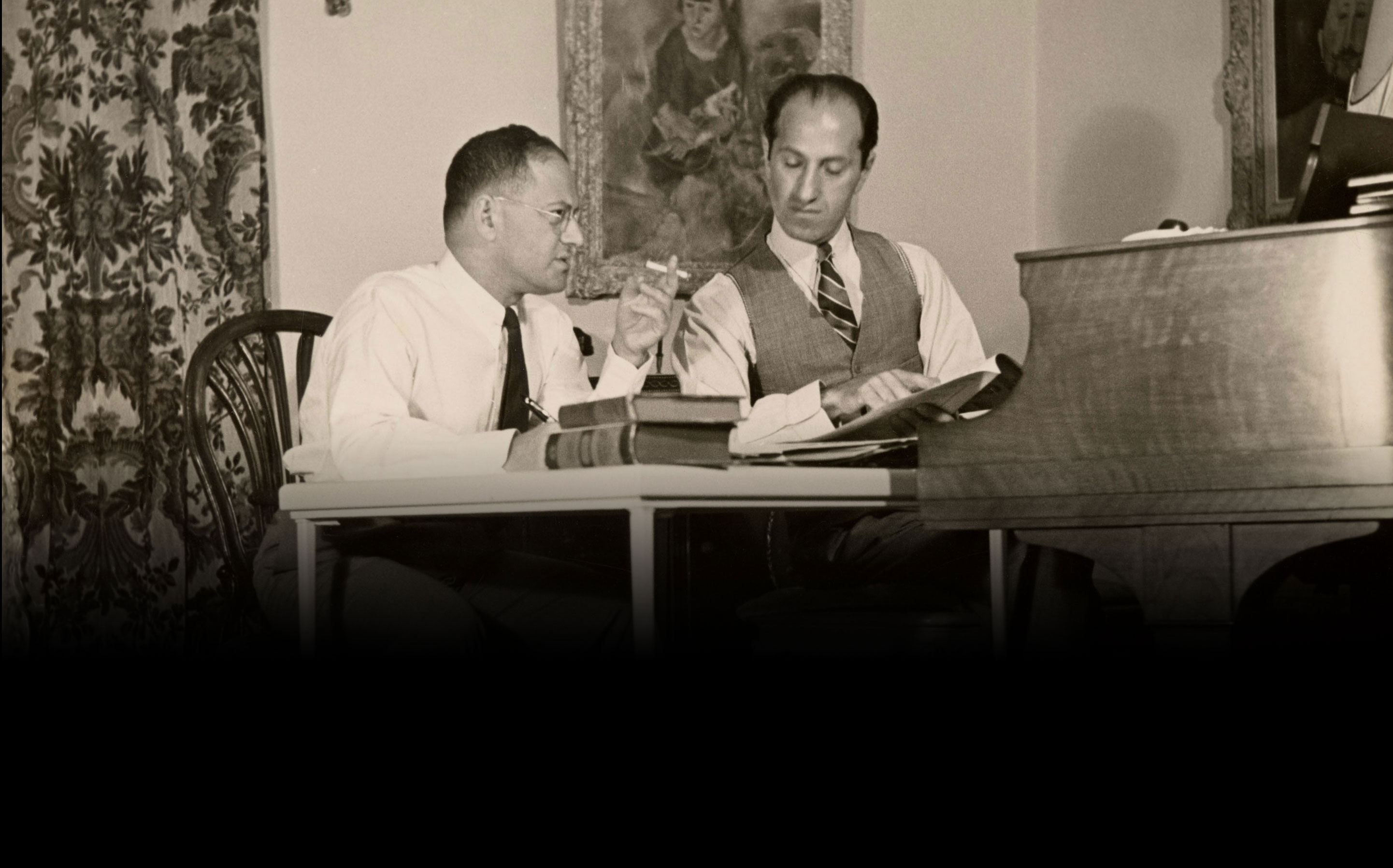Fascinating Woman: George Gershwin’s Friend, Lady Mountbatten
George Gershwin rubbed elbows with some interesting personalities throughout his rise to stardom. Few, however, were quite as compelling as the London socialite and heiress, Lady Edwina Mountbatten. By Sarah Sisk It was 1925, and a particular Gershwin tune was looking to be in pretty sad shape. “The Man I Love,” a George-and-Ira collaboration, began life as a misfit a few years prior. It eventually found a home in their 1924 musical Lady Be Good!, only to be promptly dropped due to lack of audience response. But “The Man I Love” was soon gifted a second chance when a friend […]
